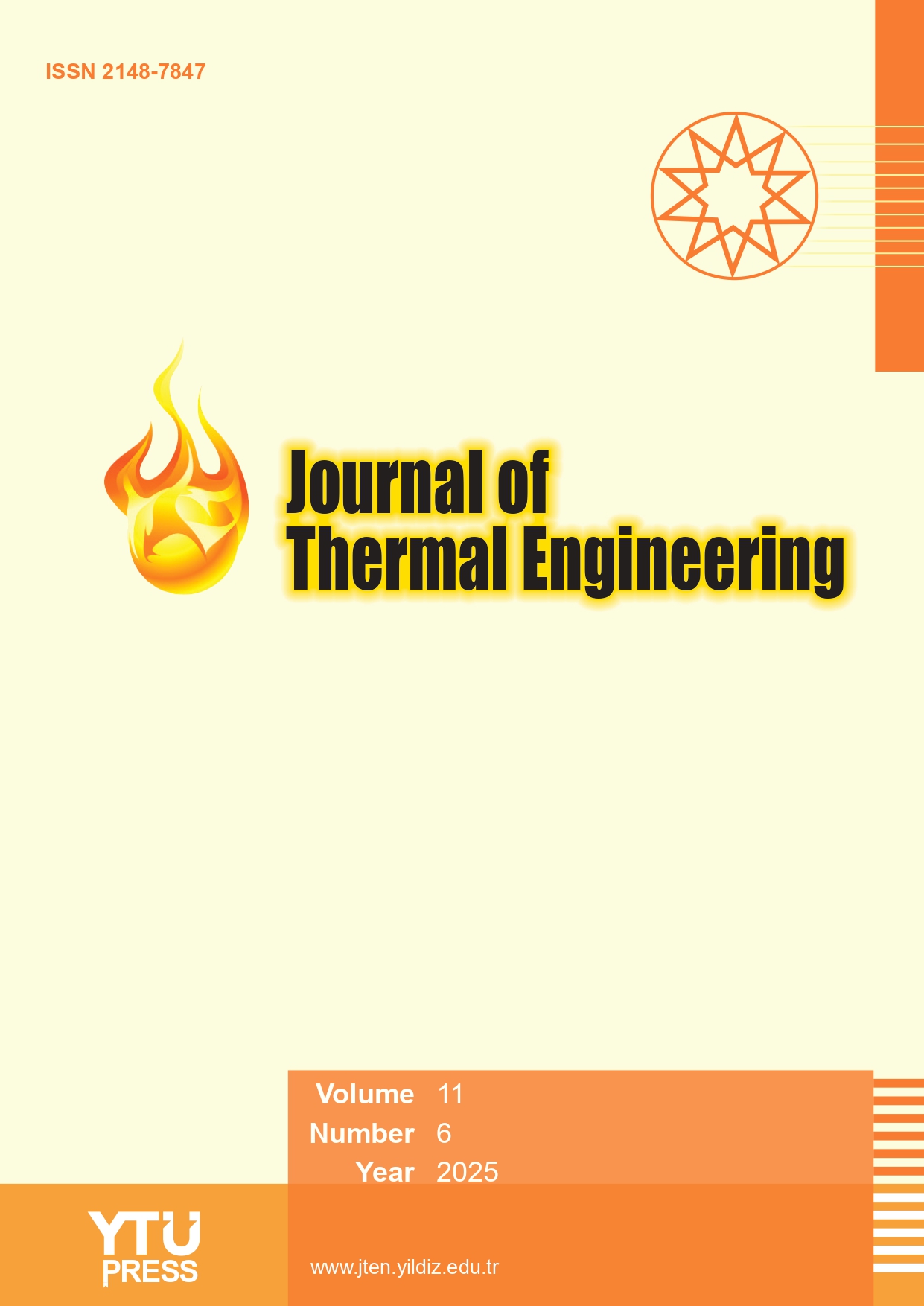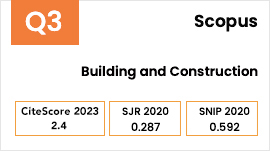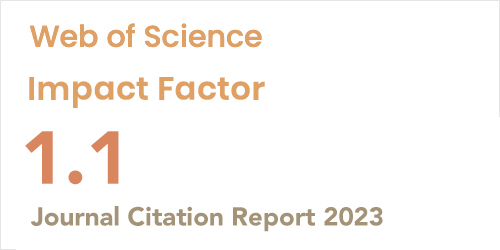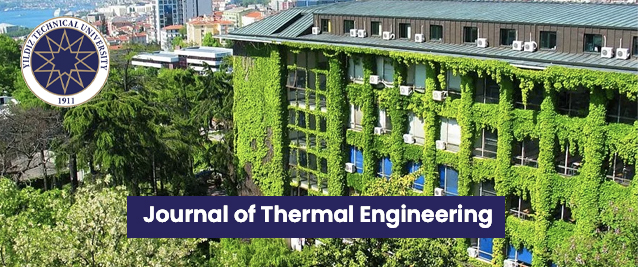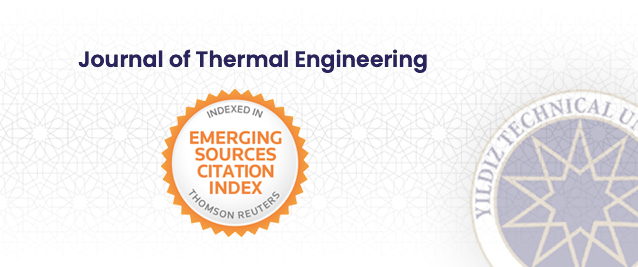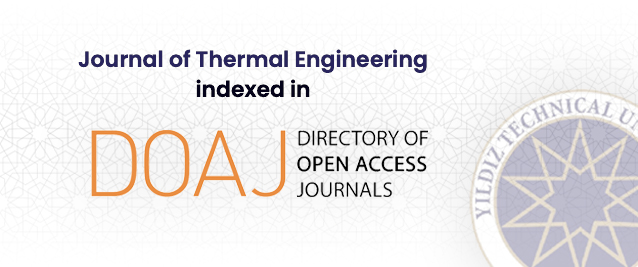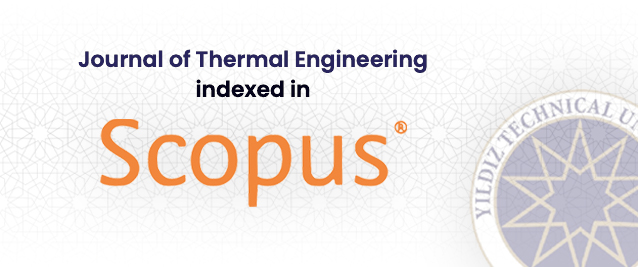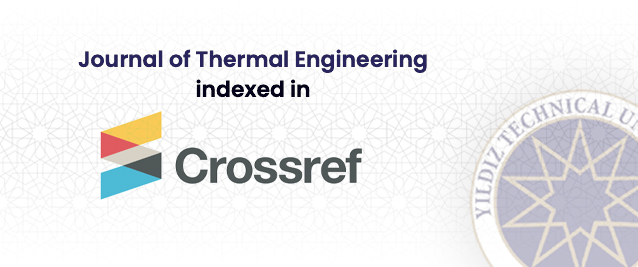2Department of Mathematics, Vellore Institute of Technology, School of Advanced Sciences, Tamil Nadu, 632014, India
3Department of Mathematics and Statistics, The University of Dodoma, Dodoma, 41218, Tanzania
Abstract
This study delves into the magneto-hydrodynamic (MHD) flow of a non-Newtonian nanofluid over an unstable stretched surface, focusing on the effects of suction and Stefan blowing. Employing innovative approaches, such as modeling the nanofluid as a two-phase system and using the Carreau fluid model for non-Newtonian behavior, the research generates a numerical solution for heat and mass transfer analysis of unsteady MHD Carreau nanofluid flow in a porous medium under Stefan blowing conditions. By applying similarity transformations, the Carreau fluid flow equations are converted into dimensionless non-linear ordinary differential equations, which are then solved using MATLAB›s bvp4c function. The study meticulously examines the influence of various dimensionless parameters on mass transfer, temperature, concentration, friction factor, and dimensionless velocity, with results presented through comprehensive graphs and tables. Key findings indicate that both temperature and fluid velocity increase with higher Stefan blowing/suction parameters, while temperature decreases with rising fluid velocity and Weissenberg number. These insights are crucial for enhancing the performance and longevity of critical machinery, such as bearings, sliding components, and engines. The study highlights Stefan blowing›s potential to boost heat transfer efficiency by reducing thermal resistance and improving the heat transfer coefficient. The synergistic effects of Carreau nanofluid and Stefan blowing offer promising applications in cooling systems, thermal management tools, and lubrication within the oil and gas industry. The findings advance thermal management technologies and provide a new perspective on engineering applications across various sectors. The range of some physical parameters which are used in this study are: The power-law index (0<n<2), Weissenberg Number (0<We< 100), Magnetic Parameter (0<M< 100), Prandtl Number (Gases: 0.7<Pr< 1, Liquids: 1<Pr<100, Oils: 100<Pr<10,000), Lewis Number (0.01<Le<10).


